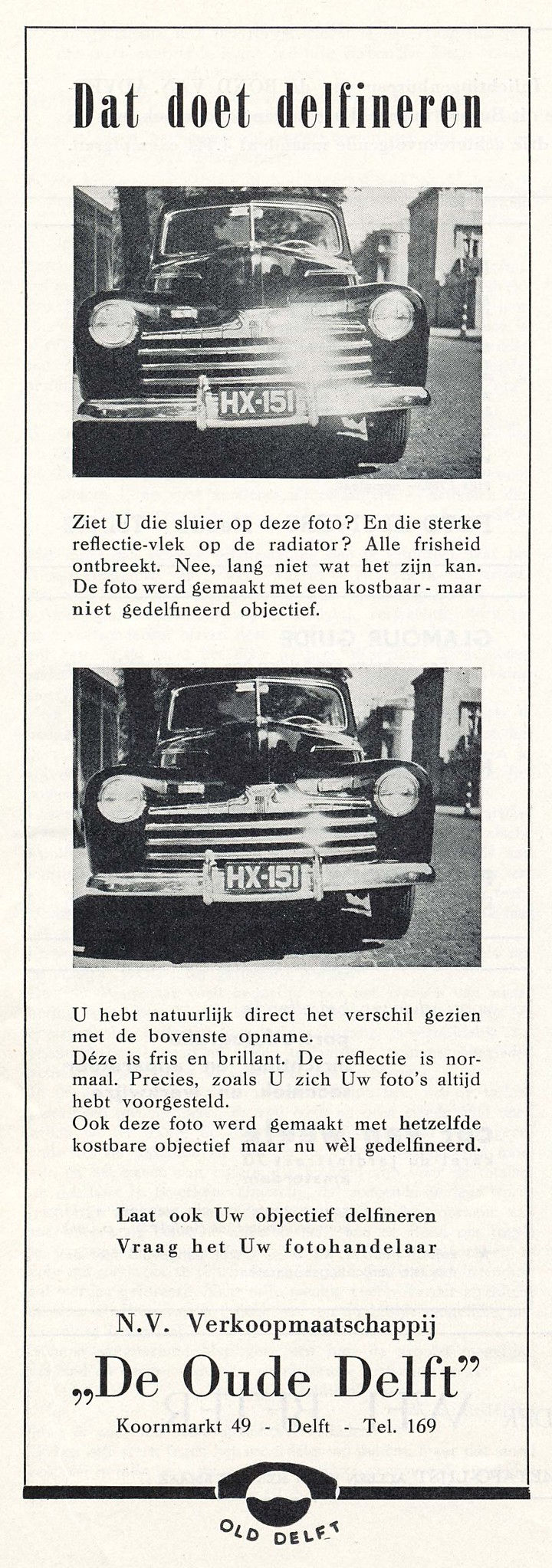Improving the Leica M2/M3 Rangefinder or Why You Need a FTA Brightline Mask...
- Alan Starkie
- Sep 7, 2017
- 3 min read
In order to achieve accurate focussing with your Leica M2/M3, you need to ensure that your rangefinder is properly calibrated. Adjusting the rangefinder to properly focus onto a distant object is only one part of the equation. The linearity of the rangefinder also needs to be correctly set up, so that the rangefinder is accurately focussing onto both near and far targets. At cameraworks-uk, we make these adjustments as part of a normal service.
The rangefinder of a Leica M series camera is a highly complex optical device. Most owners are familiar with the problems associated with the rangefinder prism. In some cases, the prism can split causing a viewfinder blackout. This happens because the two halves of the prism were cemented using Canada balsam. This product was used extensively in the past and was known for its optical qualities but over time will become discoloured and oxidised and after crystallising may eventually fail. At cameraworks-uk, we can rebuild prisms using Norland UV cure optical cement which is a more stable and long lasting alternative to Canada balsam.
Other than some yellowing, the degradation of the RF patch isn't affected too much by an ageing prism. This is because the cemented area is quite large. There is a major obstacle however, that the central RF patch has to pass through before being projected into the prism – the brightline mask.
The purpose of the brightline mask is to project the various framelines into the viewfinder. The brightline mask is photographically reproduced onto a small glass wafer, the emulsion being protected by a second glass wafer and cemented together using Canada balsam. When observed through the viewfinder, the RF patch looks quite large but in fact, the size of the rectangle on the mask is approximately 0.5mm x 1mm, thus is highly magnified. The image below shows a Leica M9 rangefinder - essentially the same design as the M2/3. The red line shows the progress of the secondary rangefinder image, right through the centre of the brightline mask.

On an M2/3, not only has the secondary image to pass through the two layers of glass of the mask but also a layer of balsam which under such magnification looks like crystallised honey. This can lead to a fuzzy, discoloured and indistinct central RF patch. The image below shows a magnified image of the central 0.5mm x 1mm window the secondary image has to pass through. Crystallisation of the balsam can clearly be seen. In some cases bubbles form within the balsam as it oxidises.

Brightline masks for M2/M3 haven't been available from Leitz for many years and as time goes by, the existing units continue to deteriorate and will eventually delaminate and fail. These issues were later resolved on later Leica cameras such as the M6 and the answer was to design a mask made from a single aluminium wafer. This removes the need for glass and optical cement and leads to a clearer, sharper RF patch with no age related deterioration. Cameraworks-UK decided that earlier cameras deserved such an upgrade. After months of work, the end result was a precision laser cut 50μm thick stainless steel Free to Air Mask. This mask can be retro fitted into your Leica M2/M3 as part of a service or as a standalone job. Our Free to Air (FTA) brightline mask will add sharpness and contrast to your rangefinder central patch, ensuring greater focussing accuracy.
Our FTA brightline mask retains the depth of field notches for f5.6 and f16.

Contact cameraworks-uk.com for further information regarding this and other work we can carry out on Leica rangefinder cameras and lenses.




Comments